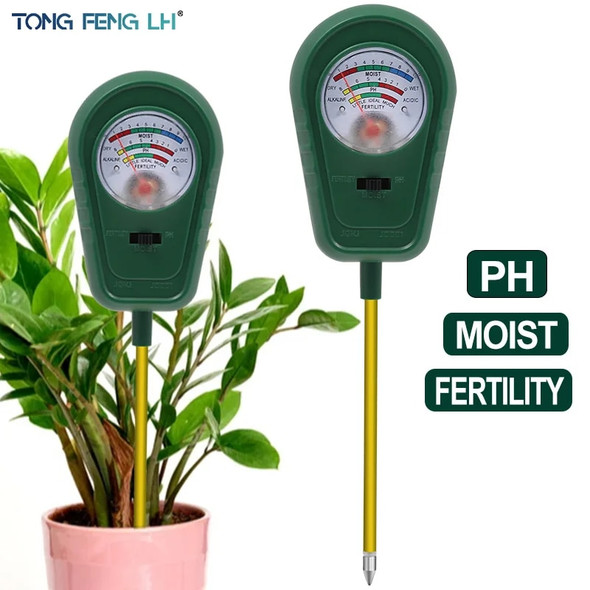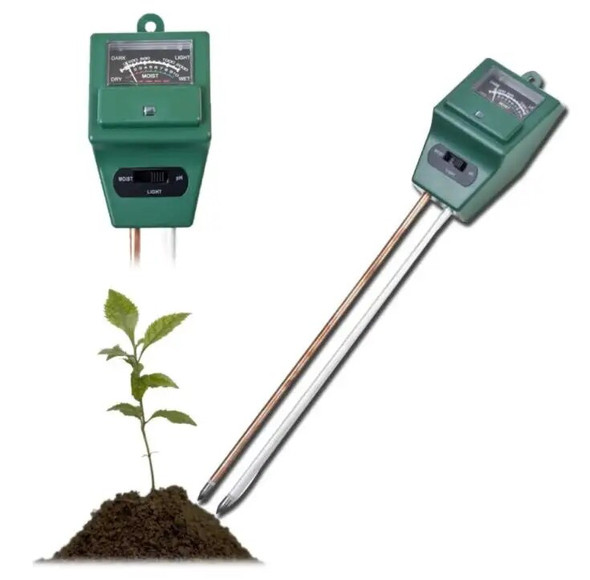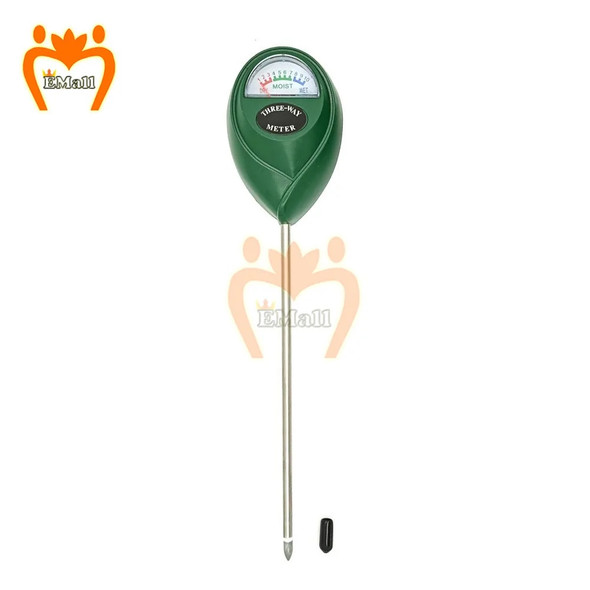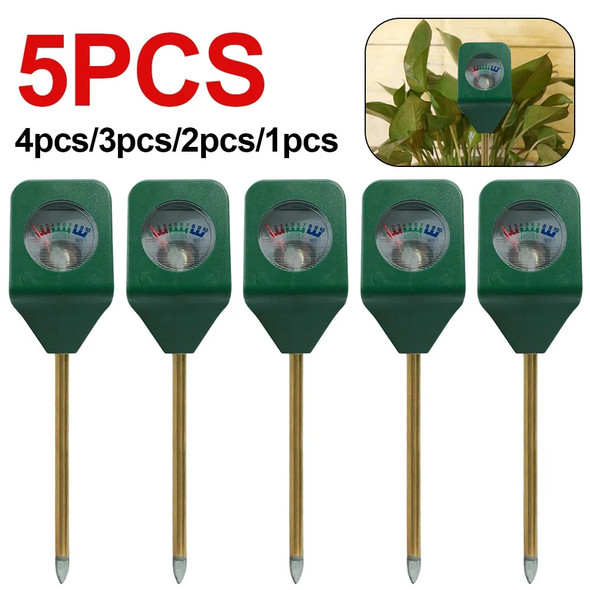Description
2 in 1 Soil Fertility Detector for Nitrogen Phosphorus Potassium Analyzer Soil PH EC Tester Soil Acidometer Test for Garden
Features:
1. Environmentally friendly ABS material, resistant to falling and wear.
2. Widely used: for outdoor and indoor plants, garden and lawn.
3. Easy to operate: easy to use, just plug in and read. No batteries required, easy to use.
4. Two-in-one function: Test the soil pH of plants, quickly help you focus on mastering when you need to water, and control the pH in the soil.
5. Accurate and reliable: Advanced double-needle detection technology greatly improves the speed and accuracy of detection and analysis of soil pH acidity, refuses to be a killer of plants, and promotes healthy growth of plants.
Product parameters
Measuring range: PH: 0~9
Probe length: 8.6 cm
Product size: 176*62mm
material: plastic
Instructions for use:
How to Analyze Soil Fertility
1. First remove about 5 cm of topsoil; then mash the soil down to a depth of 13 cm. And clean up all organic impurities in the soil that will affect the test results, such as leaves, roots, etc.
2. Soak the soil with water and make it into mud. (preferably rainwater or distilled water).
3. Wipe the probe with clean cotton or paper towel.
4. Turn the function key to the first gear from the left, up.
5. Insert the probe into the soil to be tested until the distance between the soil and the fuselage does not exceed 2.5 cm. Wait for up to 10 seconds, and the data can be read after the pointer is stable.
6. Record data. Remove the probe from the soil and clean the probe thoroughly. The criteria for judging the analysis results are as follows
Lack (TOO LITTLE)
Nitrogen less than 50 ppm
Phosphorus less than 4 ppm
Potassium less than 50 ppm
Ideal range (IDEAL)
50-200ppm
4-14ppm
50-200ppm
Excess (TOO MUCH)
More than 200ppm
Greater than 14ppm
More than 200ppm
Unit ppm: parts per million
If the analysis results show "TOO LITTLE" means: lack of
Use liquid fertilizers for the different plants you grow to supplement your crops. (Refer to the instructions on the fertilizer packaging bag for details)
If the analysis results show "IDEAL" means: ideal. According to the different plants you plant, use fertilizer, combined with irrigation once a month.
If the analysis results show "TOO MUCH" means: excessive
1. Plenty of water to dilute and rinse excess nutrients;
2. For potted plants, they should be re-transplanted into new soil;
3. Do not apply any more chemical fertilizers, but you can add manure, compost, plant residues, leaves, and other organic matter to the soil. How to analyze the pH value of soil damage
1. First remove about 5 cm of the top soil of the soil to be tested; then mash the soil down to a depth of 13 cm. And clean up all organic impurities in the soil that will affect the test results, such as leaves, roots, etc.
2. Soak the soil with water and make it into mud. (Preferably use rainwater or distilled water)
3. Dial the function key to the rightmost gear, and press on.
4. Wet the probe. Wipe the rightmost - root of the three probes with a cleaning pad.
5. Insert the probe fully into the soil to be tested.
6. Wait for 1 minute to read the data.
7. After the test, wipe the probe and let it dry.
Special Note:
Please do not insert the probe into the soil for a long time, and do not test liquids with this device, as it may damage it.
package list:
Detector*1










































